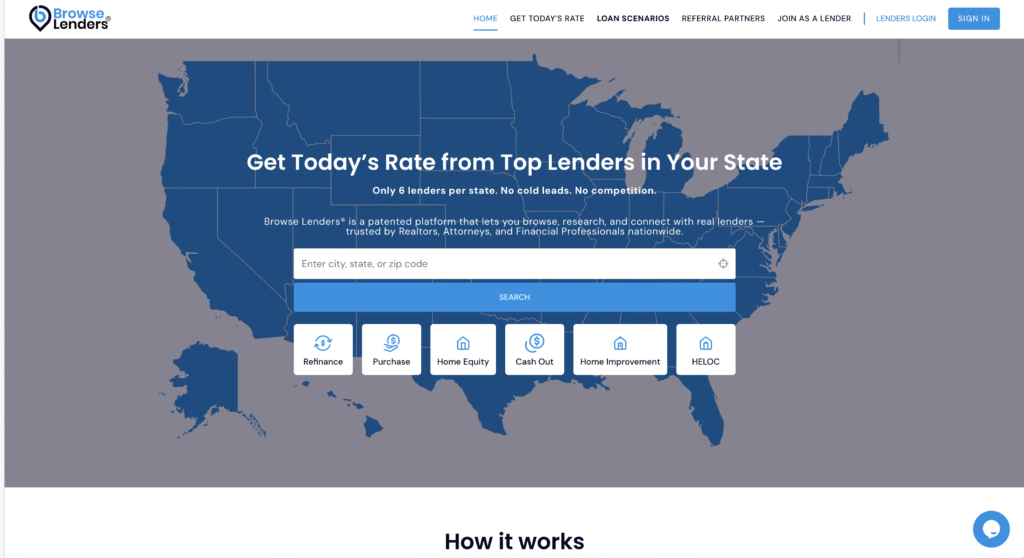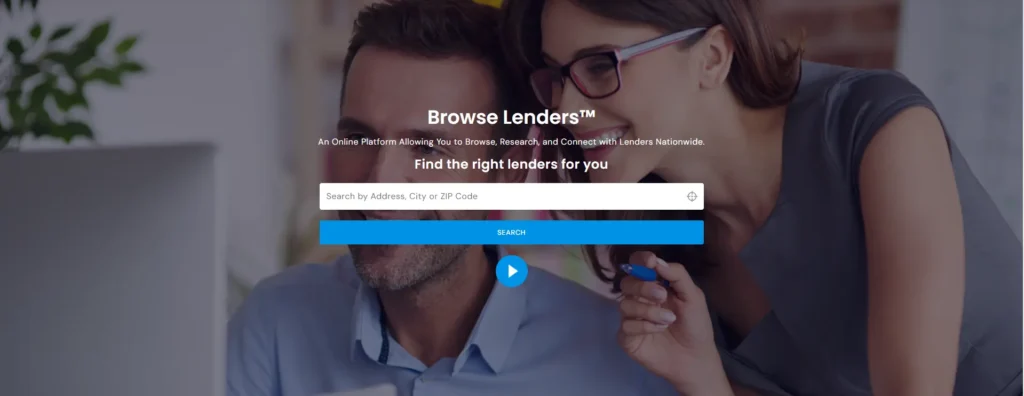Guide: Identifying Credit Report Errors—What to Look For and How to Fix Them
Credit report errors are more common than you might think. According to the Federal Trade Commission (FTC), 1 in 5 Americans has at least one error on their credit report that could be dragging down their credit score. These mistakes can cost you thousands in higher interest rates or even prevent you from getting approved for a mortgage or auto loan.
Fortunately, identifying and correcting these errors is a straightforward process when you know what to look for and how to take action. This guide will walk you through the types of errors to watch for, how to dispute them, and best practices to prevent future mistakes.
Step 1: Understanding the Different Types of Credit Report Errors
Credit report errors generally fall into three main categories:
- Personal Information Errors
- Misspelled names
- Incorrect addresses
- Wrong Social Security numbers
- Inaccurate employment information
- Account Information Errors
- Accounts that do not belong to you
- Closed accounts still listed as open
- Incorrect credit limits
- Misreported late payments
- Duplicate accounts
- Fraudulent Accounts
- Accounts opened without your knowledge (identity theft)
- Loans or credit cards you did not authorize
Common Causes of Credit Report Errors:
- Data Entry Mistakes: Lenders sometimes input incorrect information.
- Identity Theft: Fraudulent accounts are opened in your name.
- Merged Credit Files: Sometimes, credit information from another person with a similar name can appear on your report.
- Outdated Information: Paid-off loans or closed accounts still show as active.
- Incomplete Information: Creditors may fail to update settled or paid-off debts.
Real-World Example: A consumer in California discovered that two credit cards she never owned appeared on her credit report. After filing disputes and providing documentation, her Middle Credit Score® increased by 70 points once the errors were removed.
Step 2: How to Check Your Credit Report for Errors
To effectively identify errors, follow these steps:
- Obtain Your Free Credit Reports: You are entitled to one free report per year from each of the three major credit bureaus (Equifax, Experian, TransUnion) at AnnualCreditReport.com.
- Review Each Section Carefully: Start with personal information, then move to accounts, public records, and inquiries.
- Highlight Discrepancies: Mark any information that appears incorrect, outdated, or unfamiliar.
- Cross-Reference With Your Records: Match account balances, credit limits, and payment histories with your records.
Pro Tip: Create a spreadsheet to track errors across all three credit bureaus and note which items need disputes.
Advanced Techniques:
- Identity Verification Checks: Confirm all names, addresses, and Social Security numbers are accurate.
- Loan History Review: Ensure paid-off loans are marked as “Closed” and not “Open.”
- Check for Mixed Credit Files: Verify that all accounts are yours, as sometimes credit files can be mixed with someone of a similar name.
- Public Records Inspection: Look for bankruptcies, judgments, or liens that are not yours.
Real-World Example: A Chicago homeowner found a bankruptcy listed on his report that was actually filed by someone with a similar name. After disputing the error, his credit score jumped by 90 points.
Step 3: Disputing Credit Report Errors
Once you’ve identified the errors, take the following steps to dispute them:
- Contact the Credit Bureau: Disputes can be filed online, by mail, or over the phone. Ensure you include your contact information and clearly describe the error.
- Provide Documentation: Attach copies of supporting documents, such as payment confirmations or bank statements.
- Keep a Record of All Communication: Save copies of letters, emails, and any responses you receive.
- Wait for a Response: The credit bureau has 30–45 days to investigate your claim and provide a resolution.
- Follow Up if Necessary: If the dispute is not resolved, you can refile or escalate it to the Consumer Financial Protection Bureau (CFPB).
Best Practices:
- Certified Mail with Return Receipt: Always send disputes via certified mail for tracking.
- Use Credit Bureau Websites for Speed: Online disputes are often processed faster.
- Attach Clear Evidence: The more documentation you provide, the stronger your case.
- Write a Clear Dispute Letter: Outline each error, why it is incorrect, and the resolution you are seeking.
Real-World Example: A consumer in Texas removed five collections from his credit report by providing payment confirmations to the credit bureaus. His Middle Credit Score® increased by 55 points.
Step 4: Preventing Future Errors on Your Credit Report
Preventative measures are key to maintaining a clean credit report:
- Set Up Credit Monitoring: Many services alert you to changes in your report.
- Regularly Review Your Credit Report: Make it a habit to check your report every six months.
- Freeze Your Credit if Necessary: If you suspect fraud, consider freezing your credit to prevent unauthorized accounts.
- Report Identity Theft Immediately: If you notice fraudulent accounts, report them to the FTC at IdentityTheft.gov.
- Opt-Out of Pre-Screened Offers: This reduces the risk of identity theft by limiting unsolicited credit offers.
- Use Two-Factor Authentication: Protect your accounts by adding an extra layer of security.
Pro Tip: Use services like Experian Boost® to ensure regular bill payments are also reflected positively on your credit report.
Statistics & Real-World Impact
- 79% of Disputes Are Resolved Favorably: Most consumers who dispute credit report errors see them corrected.
- 30–50 Point Increase: Removing a single incorrect late payment can boost your Middle Credit Score® significantly.
- Thousands Saved in Interest: Correcting errors can unlock better rates on loans and credit cards.
- $50,000 More in Mortgage Borrowing Power: A 50-point increase can significantly improve your loan eligibility.
Identifying and correcting credit report errors is essential for building and maintaining a strong Middle Credit Score®. By following the steps outlined in this guide, you can effectively clean up your credit report, improve your score, and save money on interest rates. Start today by requesting your free credit reports and ensuring your financial history is accurately represented.
Middle Credit Score® Support Center
Browse Lenders® – Speak with a Lending Expert






